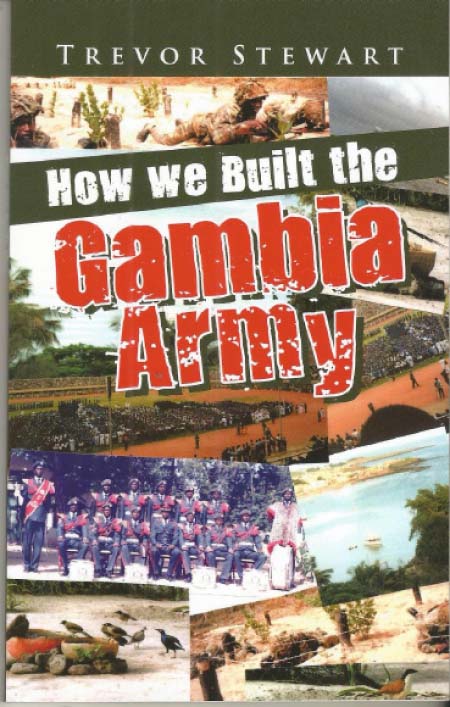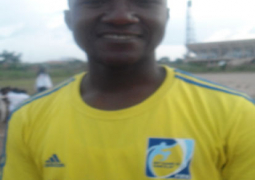
How
We Built the Gambia Army, Trevor Stewart, Author House, 2016, 104 pages
In
early 1984, 33 years ago the PPP regime of President Alhagi Sir Dawda Jawara
sought the support of the British to help star a national army. Since the
dissolution of the Royal West African Frontier Force in 1958, our country did
not get a standing army; our security was in the hands of a dozen Field Force
paras, our own natural disposition for peace in God.
Following
Jawara’s lucky escape from the aborted insurrection of Kukoi Samba Sanyang in
July 1981 in which over 1000 Gambians died, Jawara was convinced by
circumstance and not by inclination to have a standing army. The way this new
army was selected, trained, kitted is the topic of this very revealing book by
Trevor Stewart, one of the British Army Training Team (BATT) members who was
brought to The Gambia to start the new army.
On
page 14, the author reminds readers of the Terms of Reference of the BATT when
they arrived in Banjul in early 1984: ‘the administration and equipment
management’ of the new army; and to ‘train all Gambian (soldiers), clerical
staff’ for the new army. In addition, on page 17, he explains that he was also
tasked start a recruiting campaign for the new army in The Gambia.
The
author reveals that from the start, he was told that the new Gambian army
should have a structure ‘on the lines as an extended British infantry battalion
with supporting forces’. He therefore developed a six company structure for the
Gambian army: confederal, Rifle/ceremony, Rifle one, Rifle two, HQ and Marine
Unit. Then he arranged for a 20 minutes sensitization programme on Radio Gambia
inviting potential recruits to come.
And
on page 29, we read that hundreds of young men came to the recruiting centers
which were decentralized to the villages, so that each interested Gambian had
an opportunity to meet the selection team .The author and his team were
overwhelmed, especially as all of them had school certificates and most were physically
fit. So how does he select? He painted a scenario like ‘You are at a festival
in your village and awaiting the arrival of a VIP. A number of vehicles
arrived, and out of one of them steps the president, who is greeted by village
elders. Then, quick as a flash, someone from within the crowd steps forward
wielding a machete, hitting the president with it, and knocking him to the
ground bleeding. The perpetrator of the crime manages to run off into the bush!
What do you do? (page 31). The answers given were used to help in selecting the
first Gambian soldiers in 1984! He admits further in the book that some of the
answers he got such as one who said he would first carry out first aid on the
president, make an assessment of the situation, gather some able-bodied men,
leave some of them to look after the president, and take some of the others in
search of the perpetrators were unnerving but all the same useful in the
selection of recruits.
Some
of his best early recruits were second lieutenants Gomez, Senghore, Njie, Gaye,
Faye, Johnson and Davies who were immediately sent for further training at the
esteemed Fort Bragg, Fort Worth etc and went onto to hold senior positions in
the army until 1994.
That
was the year when the Gambian army plotted and remove Jawara their C-I-C , and
founder. The rest is history, we say.
This
is a rare book on the early history of the Gambia national army and is
interesting read which I recommend to students of Gambian military history and
military commanders past and present.
Available at Timbooktoo Tel: 4494345.


